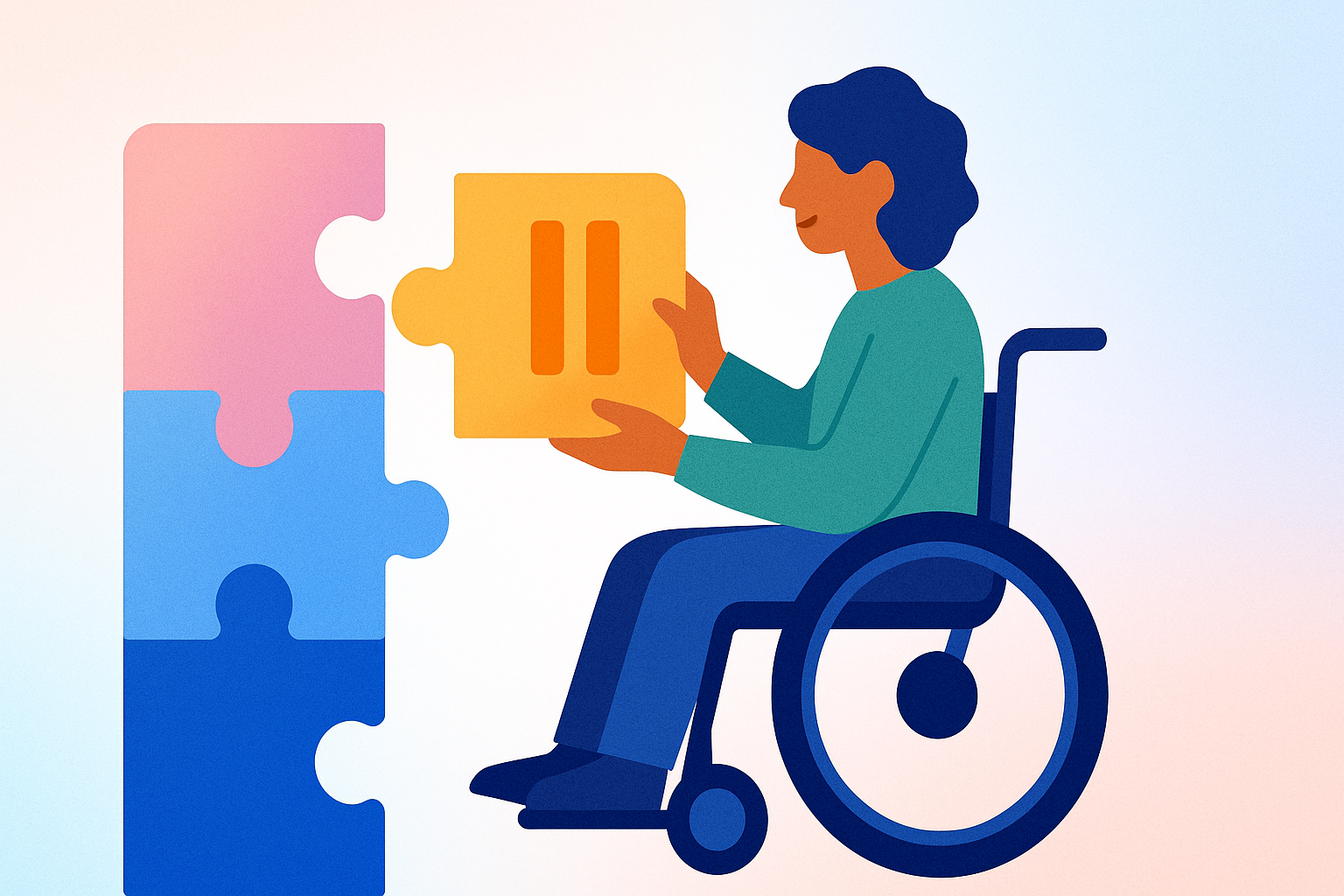


Additional or flexible breaks, also known as extra rest periods or customized breaks, provide employees with the option to take more frequent or longer pauses during their workday. This accommodation supports individuals who experience fatigue, concentration difficulties, or physical discomfort due to chronic health conditions, disabilities, or mental health challenges. By allowing tailored break schedules, it helps maintain productivity and well-being without disrupting workflow. Flexible breaks can be adjusted based on personal needs, making them an essential tool for promoting an inclusive and supportive workplace environment.
Start by discussing specific needs with HR or supervisors to create a break schedule that fits both the employee’s health requirements and workplace demands. Document the agreed plan clearly and review it regularly to adjust as needed. Encourage open communication to address any challenges and maintain productivity while supporting well-being. Use reminders or apps to help track break times without disrupting workflow.
Disclo streamlines requests, documentation, and tracking for Additional or Flexible Breaks, so HR teams and employees spend less time on paperwork and more time working productively.
